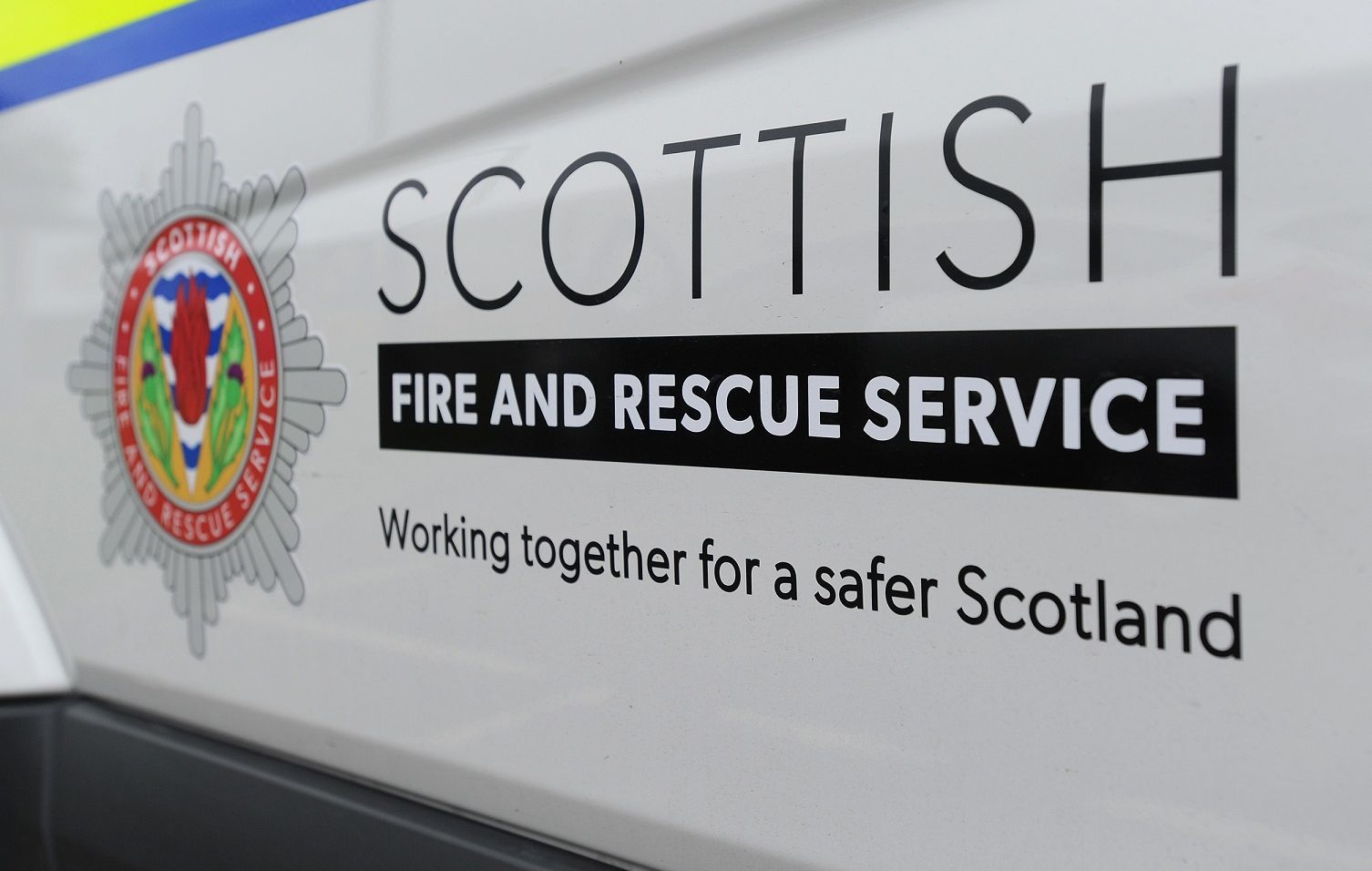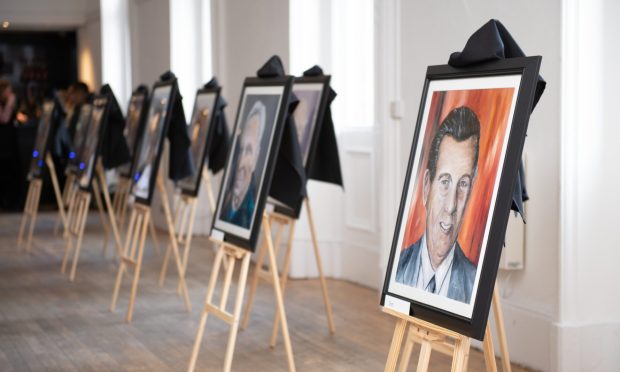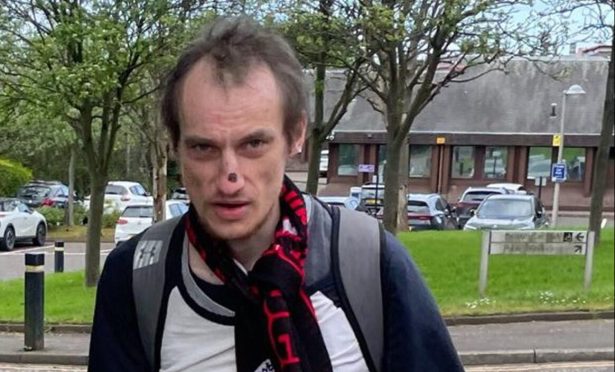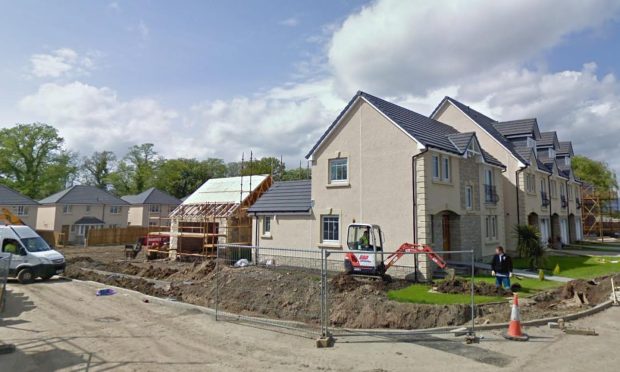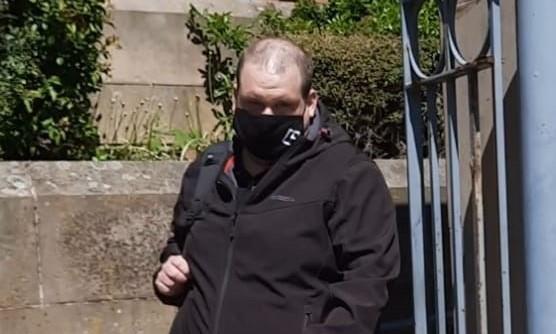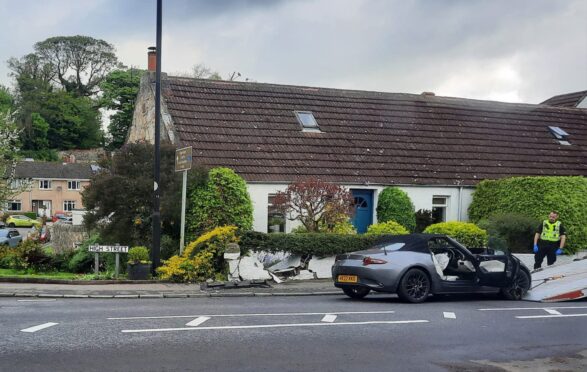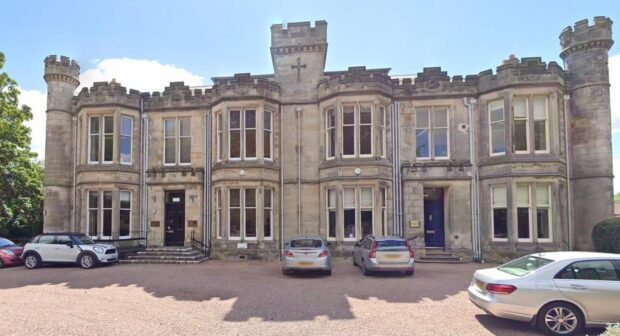Student halls of residence, hospitals and schools in Fife could be subject to a curtailed response by fire crews to cut a worrying number of unwanted alarms.
Figures presented to Fife’s safer communities committee reveal there have been 1,545 false alarm incidents in the region in 2016/17 – up sharply on the 1,261 last year and almost 50% more than the 1,093 recorded in 2012/13.
With each call-out ultimately costing taxpayers money and potentially diverting resources away from real emergencies, fire chiefs in Fife have made the reduction of false alarms a priority.
One tactic being looked at is to target premises that are known repeat offenders and establish new protocols that would tailor the fire service’s response.
That could mean in some instances, staff given a short timeframe to confirm fire has broken out, rather than fire crews being automatically mobilised.
Iain Vincent, local senior officer with Scottish Fire and Rescue Service, described the rise in unwanted fire alarms as a “significantly worrying trend”.
He said: “What we’re looking to do is bring in a protocol where, if say an alarm went at Victoria Hospital, the staff could respond in the first instance and they would have a certain amount of time to confirm if it’s a fire or a false alarm via a 999 call.
“We’re working hard to look at this issue to try and reduce these figures but it’s not going to be a quick fix.”
Mr Vincent added that premises could effectively be broken down into “segments”, with a tailored response drawn up for each part.
For example, a hospital canteen, where false alarms are far more likely, could be have a different level of response from the rest of the building.
The largest number of false alarms this year (202) have been in the St Andrews area, largely due to unwanted fire alarms being sparked at university halls of residence.
Mr Vincent said it would be “fair comment” to suggest stopping freshers’ week in St Andrews would save a lot of money.
Committee chair Councillor Margaret Kennedy welcomed the move to reduce unwanted fire alarms but stressed the importance of “getting the balance right” in each case.
“What’s not visible in a huge building with lots of rooms and corridors could be quite concerning,” she noted.
“Yes there will be individuals in each case who have knowledge and training but when it comes to making quick decisions or decisions in a very short space of time, the normal human reaction is to err on the safe side.
“This will change the dynamic of local fire management quite considerably – people will have to have a much stronger awareness of how to react.”
